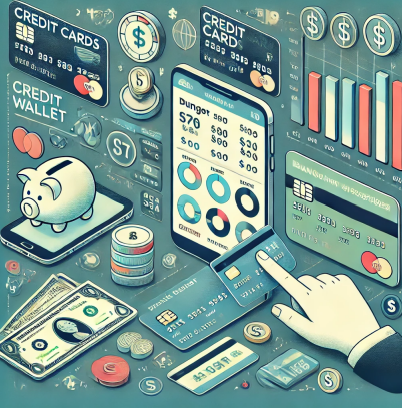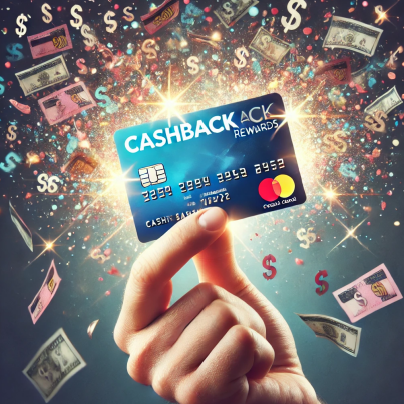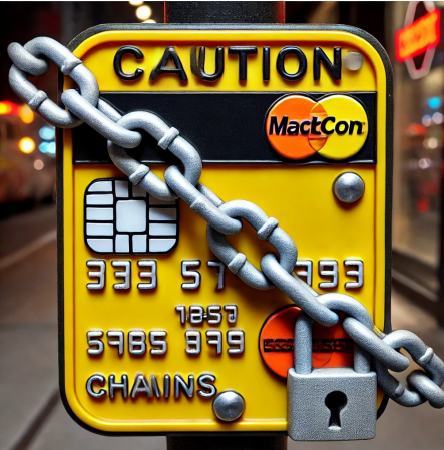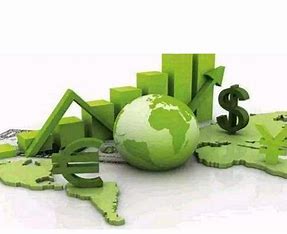The Pros and Cons of Using Credit Cards for Cash Flow Management
Credit cards are a double-edged sword in personal finance. While 82% of U.S. adults own at least one credit card (Federal Reserve, 2023), their role in cash flow management remains polarizing. For those aged 20–50 with disposable income, credit cards can either optimize financial flexibility or spiral into debt. This article dissects the advantages and pitfalls of using credit cards to manage cash flow, offering data-driven insights to help you make informed decisions.
1. Understanding Cash Flow Management and Credit Cards
Cash flow management involves tracking income and expenses to ensure liquidity for daily needs and future goals. Credit cards act as a short-term liquidity tool, allowing users to bridge gaps between paychecks or handle unexpected costs. Unlike debit cards, they offer a revolving credit line, which—when used strategically—can enhance financial agility.
For example, a freelancer with irregular income might use a credit card to cover business expenses during lean months, repaying the balance when clients pay invoices. Similarly, families might leverage credit cards to manage seasonal expenses like back-to-school shopping.

2. Pros of Using Credit Cards for Cash Flow Management
Immediate Access to Funds
Credit cards provide instant liquidity, eliminating the need to dip into emergency savings for unplanned expenses. This is critical for avoiding high-interest payday loans or disrupting long-term investments.
Rewards and Incentives
Many cards offer 1–5% cashback, travel points, or retail discounts. For disciplined users, these perks translate into tangible savings. For instance, a card with 2% cashback on all purchases effectively reduces annual expenses by $400 for someone spending $20,000 yearly.
Grace Periods
Most cards offer a 21–25 day interest-free grace period on purchases if the balance is paid in full. This allows users to defer payments without incurring costs, aligning expenses with income cycles.
Building Credit
Timely payments improve credit scores, which can secure better loan terms for mortgages or car loans. The Consumer Financial Protection Bureau notes that 15% of your credit score hinges on credit utilization—keeping balances below 30% of your limit signals responsible use.

Expense Tracking
Modern credit cards categorize spending via apps, simplifying budgeting. Tools like Chase’s Spend Analyzer or Amex’s Year-End Summaries help users identify trends and adjust habits.
3. Cons of Using Credit Cards for Cash Flow Management
High-Interest Rates
The average credit card APR is 24.6% (Q2 2024, Federal Reserve). Carrying a $5,000 balance for a year could cost $1,230 in interest alone—erasing any rewards earned.
Risk of Overspending
Credit cards’ "invisible money" effect can lead to impulsive purchases. A 2023 Journal of Consumer Research study found that credit card users spend 12–18% more than cash users.
Impact on Credit Score
Missed payments or high utilization ratios (above 30%) can tank credit scores by up to 100 points. Even a single late payment stays on your report for seven years.
Fees
Annual fees (up to $695 for premium cards), foreign transaction fees (3%), and balance transfer fees (5%) add up. For infrequent travelers, a card with a $250 annual fee might negate rewards.
Debt Cycle Risk
Relying on credit to cover routine expenses can trap users in a debt spiral. As of Q1 2024, U.S. credit card debt hit $1.13 trillion, with 9.3% of balances delinquent (New York Fed).

4. Best Practices for Balancing Pros and Cons
Pay Balances in Full
Avoid interest by treating credit cards like debit cards—only spend what you can repay monthly.
Monitor Spending
Use apps like Mint or YNAB to set alerts when spending exceeds budget thresholds.
Choose the Right Card
Opt for no-annual-fee cards with rewards aligned with your lifestyle (e.g., travel cards for frequent flyers).
Maintain an Emergency Fund
Aim for 3–6 months’ expenses in savings to reduce reliance on credit for emergencies.
Review Statements Monthly
Check for errors, unauthorized charges, or subscription creep.
Conclusion
Credit cards are powerful tools for cash flow management when wielded with discipline. They offer liquidity, rewards, and credit-building benefits but demand vigilance to avoid debt traps. By aligning usage with financial goals and adopting proactive habits, you can turn plastic from a liability into an asset.
Final Takeaway: Use credit cards as a tactical tool—not a financial crutch—to maximize cash flow without compromising long-term stability.
(Writer:Lily)





